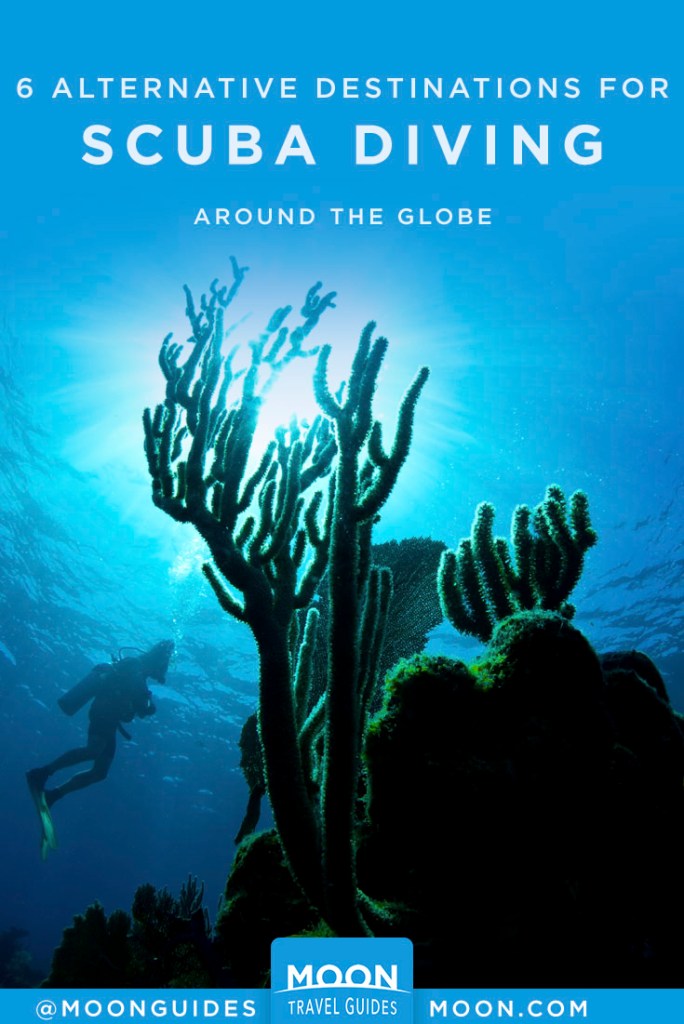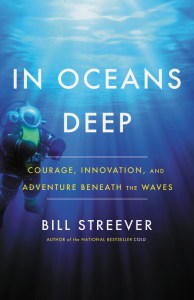Alternative Dive Destinations Around the World
As a long-term (43 years and counting) diver with an insatiable travel addiction, people often ask me about my favorite dive site, or my top ten list. But here’s the thing: there are lots of lists of the world’s best dive destinations, ranging in length from a few bullets to full-length books with unbeatable glossy color photographs. Most include places like Raja Ampat in Indonesia, Chuuk Lagoon and Palau in the tropical Pacific, Dahab in the Red Sea, the Galapagos Islands, the cenotes of the Yucatan peninsula in Mexico, and, well, lots of others.
Undeniably, anyplace that makes it onto anyone’s top ten or even top fifty list will offer fantastic diving. I hope and plan to dive all of them before I grow too old to carry my own scuba tanks. But because lists like these are no more than an internet search away, I want to offer Moon Travel Guide readers something a little different. I want to provide what I think of as alternative diving options, the sort of thing that goes just a little beyond what most people think of when they hear those two magical words, “diving vacation.” But be forewarned: my alternative diving options do not necessarily involve strapping on scuba tanks.
Here they are, in no particular order:
Alternative Dive Destinations that May or May not Require a Scuba Tank
1. Ketchikan, Alaska
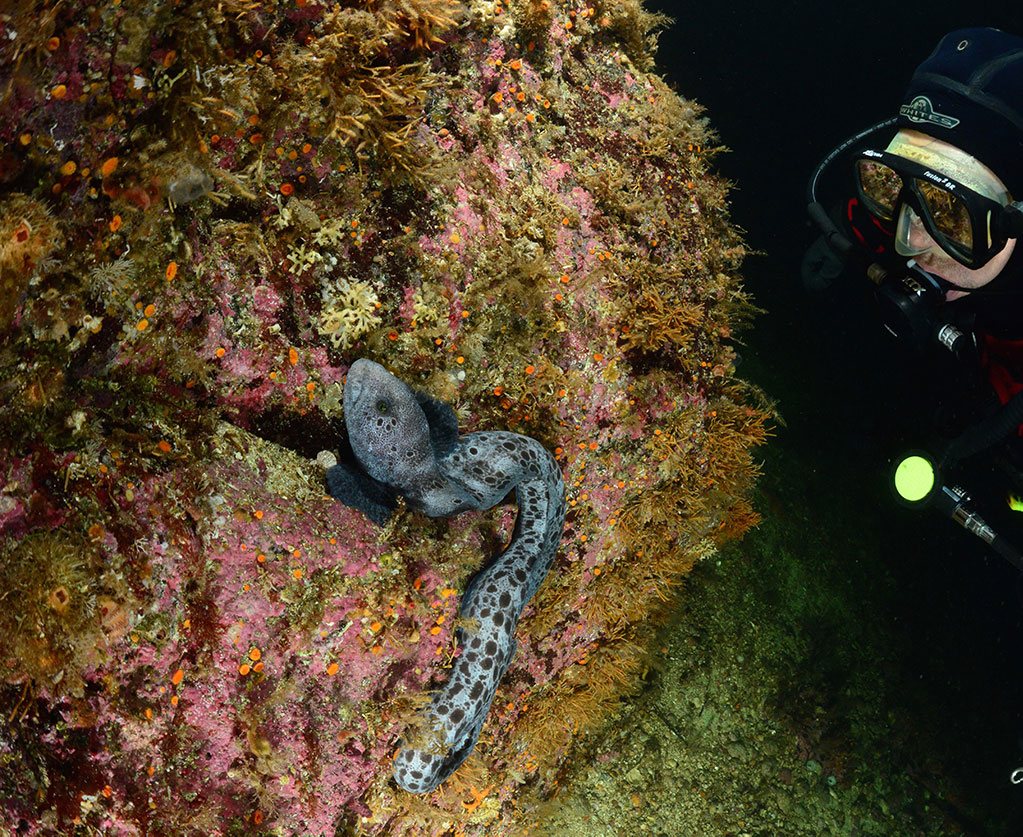
This one involves ordinary scuba tanks, and, yes, it will be cold, but with a decent dry suit Ketchikan gives divers the beauty of the last frontier both above and below the waterline. Topside, its snow capped mountains, glaciers, fjords, wildlife, and friendly rough-cut Alaskan fishermen. Below, it’s all about sea lions, octopi with arm spans exceeding ten feet, vast fields of sea lilies, and carpets of ghostly pale white plumose sea anemones with stalks longer than two feet. The diving around parts of Vancouver Island, in British Columbia, may be just as good and more convenient, but there is something special about diving in Alaska.
2. Bonaire, Dutch Antilles
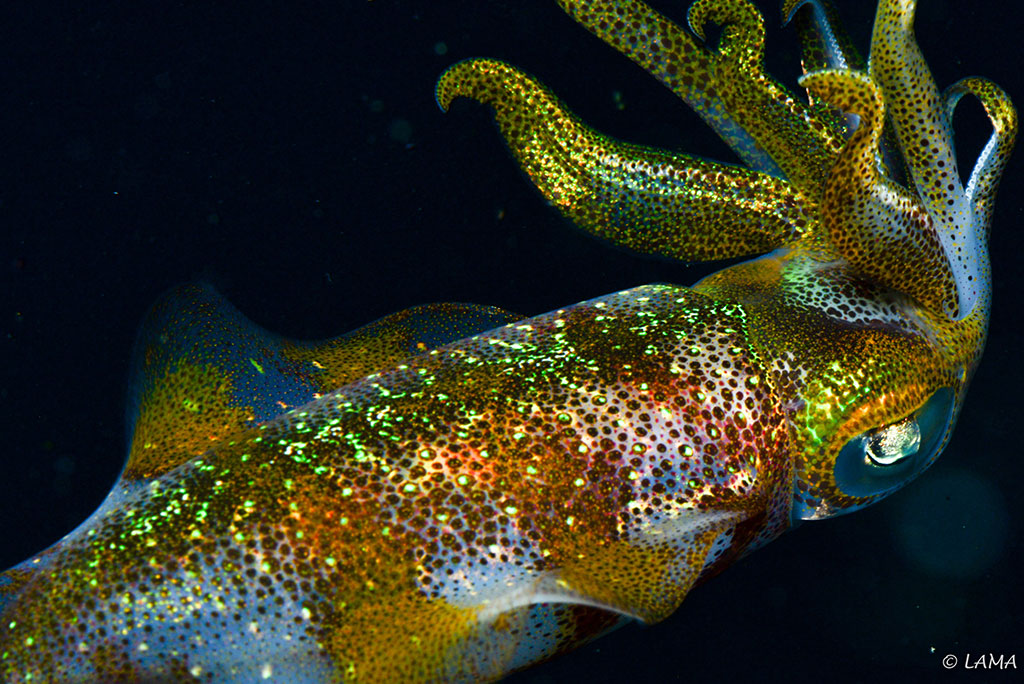
Bonaire makes its way to lots of dive lists, mainly because the diving in Bonaire is a lot like diving in a swimming pool with coral reefs and uncountable fish. Dozens of boats run divers out to the drop off twice a day, while more independent minded divers can easily rent trucks and reach all but a few sites from shore. Bonaire is without doubt a great place for carefree diving, but it makes my list as a place to train or retrain. Want to move up from open water to advanced certification? Want to become a dive master or an instructor? Want to try rebreathers that leave no bubbles while economizing on the kind of gas mixes needed to dive to several hundred feet? Bonaire is hard to beat as a training destination.
3. Utila, Honduras
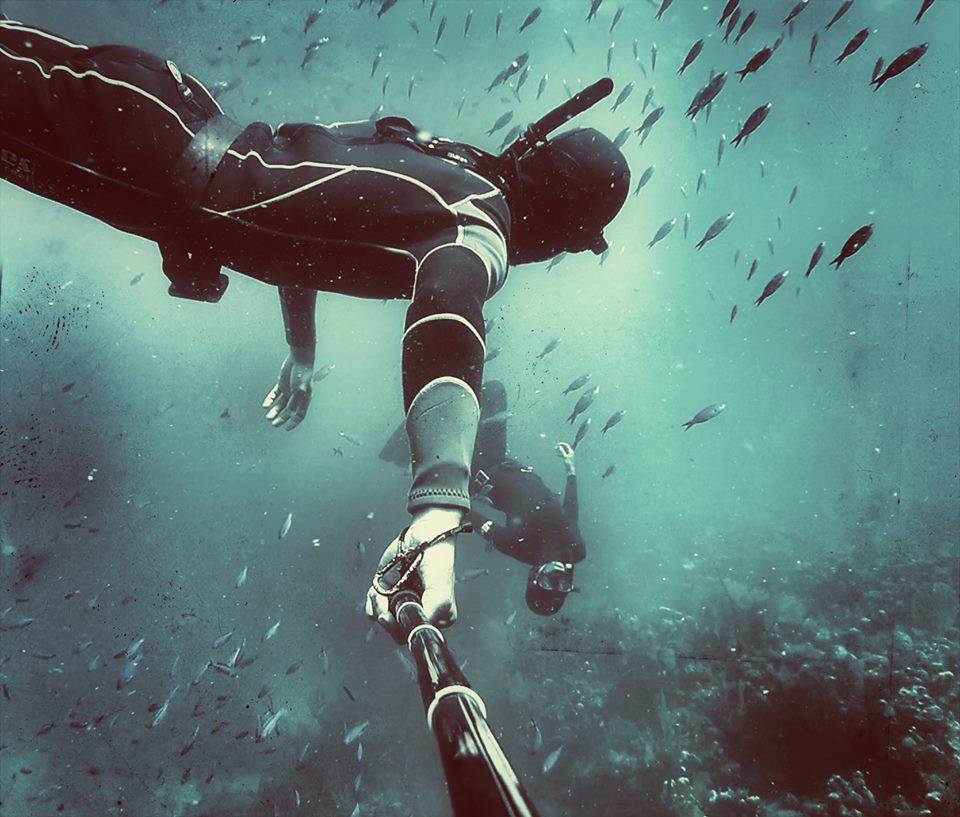
Utila offers world class Caribbean scuba diving, but it makes the list because it is home to Freedive Utila, an ultra-friendly, ultra-effective free diving school. Freediving is, of course, the sport and art of diving on a single breath. Does it sound difficult? The owner’s motto is “never do anything hard,” and yet he routinely coaches new students through five-minute breath holds, and slightly more advanced students often reach depths well beyond 100 feet. Worried that this sport might be for young athletes? I saw a woman in her seventies who had never been diving before and who did not look especially athletic reach a depth of 37 feet on her fifth day of training, and she looked and acted entirely relaxed both above and below the waves.
4. Roatan, Honduras

Roatan, like its neighbor Utila, offers great Caribbean scuba diving, but it makes my list thanks to Karl Stanley and his submersible Idabel. Karl takes paying customers, two at a time, to depths beyond 2,000 feet. After spending a morning or an afternoon beyond the reach of sunlight, looking at strange stalked sea lilies, bizarre fish, and glass sponges, you will emerge with your clothes and hair entirely dry. While tourist submersibles are increasingly available throughout the world, Karl’s Idabel is among those with the greatest depth capability, and it may be the only one that was built by its owner and pilot. And since Utila and Roatan are separated by a very short flight or a ferry ride, divers could easily combine a vacation freediving in Utila with a day or two of submersible diving in Roatan.
5. Allentown, Pennsylvania
What? Why is Allentown, Pennsylvania, on this list? Because the Northeast Diving Equipment Group gives recreational divers a chance to dive using helmets in nearby Dutch Springs Adventure Park on Labor Day and Memorial Day weekends. This is a place where ordinary scuba divers can taste the life of commercial diving, both past and present. Ever wondered what it might feel like to be underwater in one of those old-fashioned canvas suits bolted to a copper helmet? Or to walk underwater in the same helmets used in today’s offshore oilfields? This is your chance.
6. Panama City Beach, Florida
The diving offshore is interesting, but hardly enough to put Panama City Beach on most lists. Why do I mention it? Because it is home to the Man in the Sea Museum, dedicated to helping visitors understand the history of diving. Among its many exhibits: Sealab 1, the habitat used by the U.S. Navy in its early experiments with saturation diving.
I could go on and on. I could, over a few beers, come up with a hundred sites. I would mention hard to reach sites, like the A.J. Goddard gold rush era shipwreck on the bottom of Lac Laberge, thirty mostly roadless miles out of Whitehorse, Canada, as well as the Boulder Patch, a boat ride away from Alaska’s North Slope oilfields. I would suggest Scapa Flow, off the Orkney Islands in Scotland, where the surviving German fleet was sunk at the end of World War 1. And various spots in Antarctica. For warmer water and the virtual certainty of swimming with five species of sharks, including whale sharks, the Revillagigedo Archipelago 240 miles off the tip of the Baja Peninsula would come up. And for the excitement of diving coral reefs far from the sight of land, the Texas Flower Garden Banks in the Gulf of Mexico would find its way into the conversation. And of course a dozen sites in Australia, including Tasmania, and….
But that is enough for now.
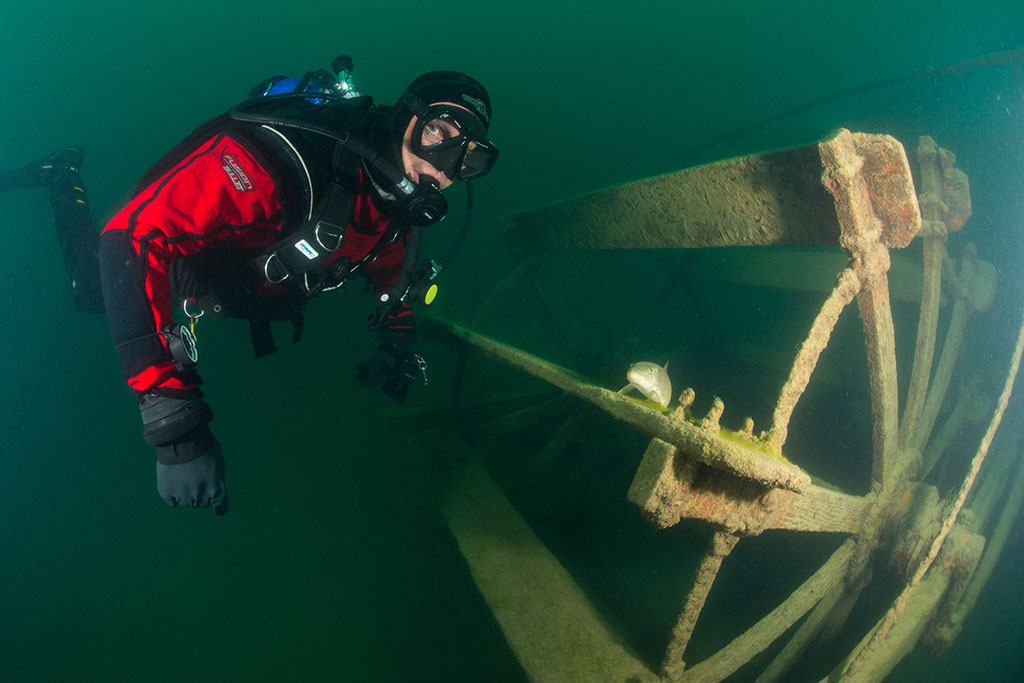
Biologist and writer Bill Streever’s latest book, In Oceans Deep, explores our past, present, and future beneath the waves. Here, Bill offers an eclectic list of dive travel destinations.
Related Books
In the spirit of Bill Bryson and Ian Frazier comes this fascinating examination of our past, present, and future beneath the waves.
In an age of unprecedented exploration and innovation, our oceans remain largely unknown, and endlessly fascinating: full of mystery, danger, beauty, and inspiration. Bill Streever-a longtime deep-sea diver himself-has masterfully woven together the science and history of Earth's last remaining frontier: the sea.
Pin it for Later
